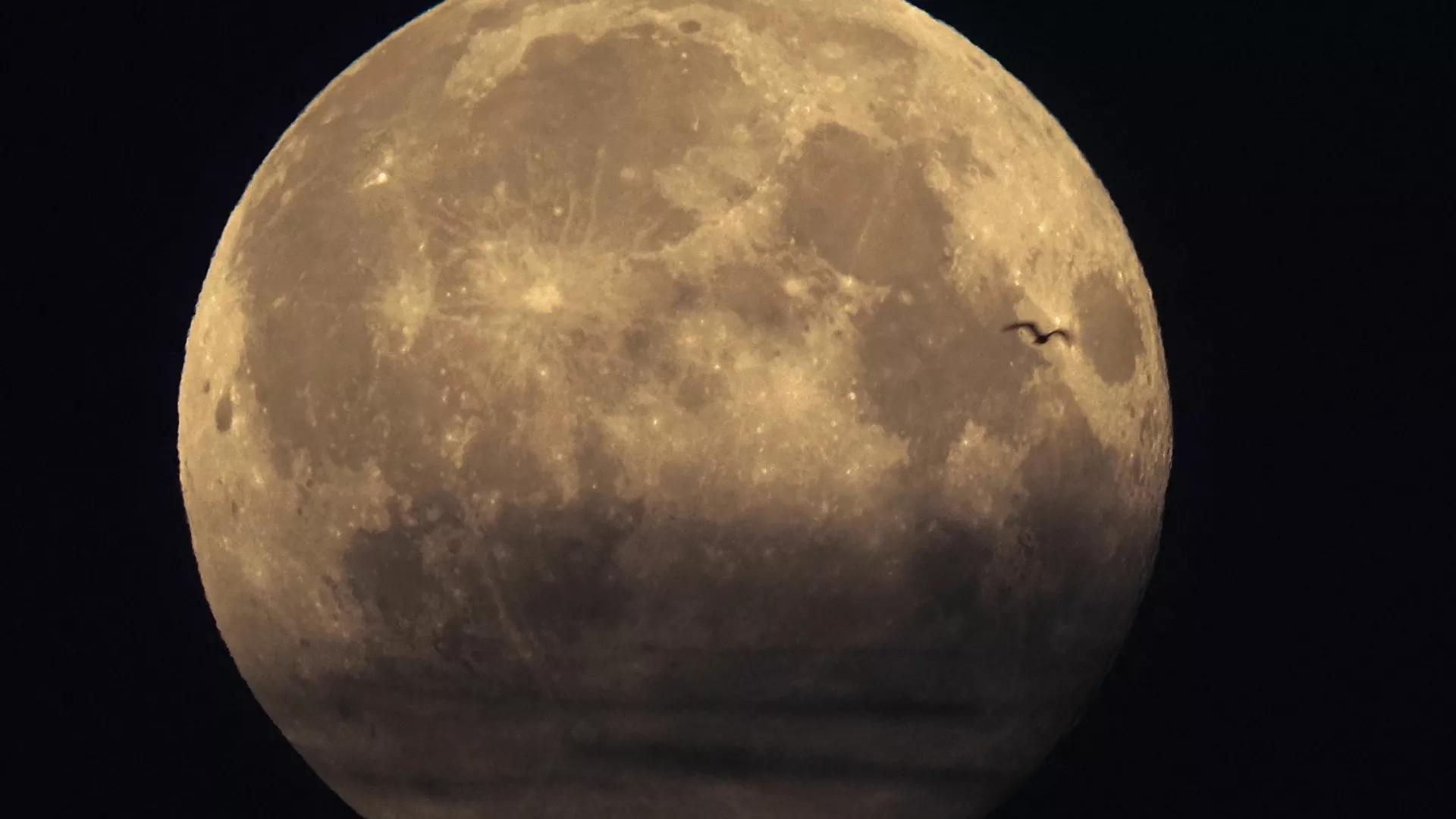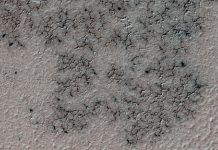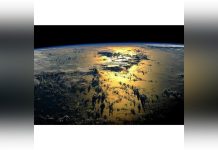Africa-Press – Rwanda. The researchers’ findings may change the “outlook on how an important suite of lunar rocks formed,” the study lead said. Scientists at the University of Hawai’i at Manoa have managed to gain new insight into the history of Earth’s only natural satellite, the Moon.
According to an article posted on the UH Manoa School of Ocean and Earth Science and Technology (SOEST) website, the new findings were derived from analysis of troctolite 76535 , rock sample retrieved from the Moon back in 1972 by the Apollo 17 mission.
The team analyzed a large number of “computer-simulated cooling paths,” with Nelson saying that “the simulations revealed that these heterogeneities could only survive a relatively short period of time at high temperatures.”
The diffusion patterns that were observed by researchers in the sample were “consistent with a rapid cooling history of no more than 20-million-years at high temperatures,” the article notes, which challenges the previous 100-million year estimates of the cooling duration and “supports initial rapid cooling of magmas within the lunar crust.” The team has since moved to determine whether similar heterogeneities are present in other samples retrieved by Apollo from the Moon.
For More News And Analysis About Rwanda Follow Africa-Press






